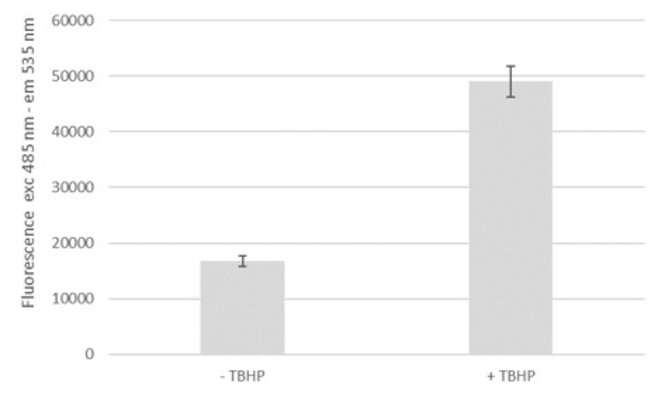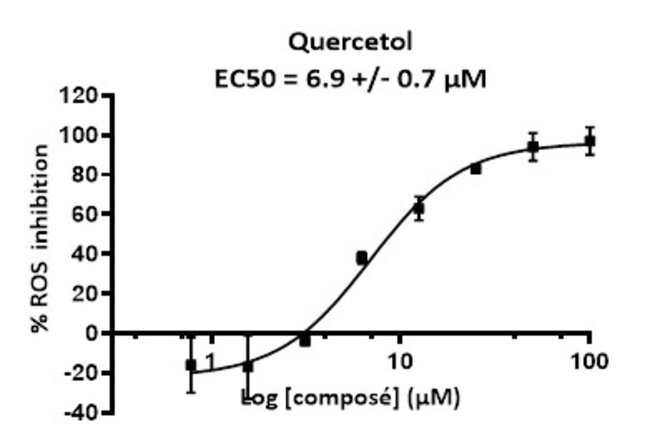Introduction
Oxidative stress is an imbalance between the production of reactive oxygen species (ROS) and cellular antioxidant capacities. As a result, ROS are involved in many diseases.
Measuring ROS levels is therefore a relevant biological target in the search for antioxidant active agents.



